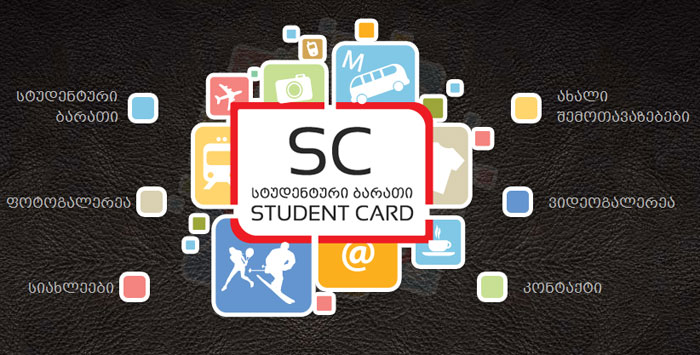The International Archaeological Expedition of the National Museum of Georgia conducts archeological research in Zveli village, Aspindza region, on the site of Rabati.
Rabati is a hilltop former settlement with a complex support system. It has a continuous trace of life from the Early Bronze Age (III millennium BC) up to the middle Ages. In this regard, Rabati is an important research site to determine how human adaptation to the environment has progressed and how socioeconomic and cultural changes have affected ancient populations for millennia.
At this point, about 50 centuries ago, powerful buildings were discovered on Rabati’s settlement, the architecture of which is not known in the Caucasus. Tombs and graves have been found in the vicinity of Rabati settlement; Along with household items, we find ritual artefacts such as animal skeletons and more, analogues of which have not yet been found in our region. The same picture is in the layers of the later period, here we find figures of stylized animal clay about 43 centuries ago, and presumably arithmetic vessels, giving a whole new idea of the people of that period.
Research on the Rabati settlement and the surrounding area is a large-scale international project. The expedition includes a field school, where dozens of students from the University of Melbourne go through archeological excavations each year with Georgian students. In addition to Georgian and Australian archaeologists, the study involved specialists from France and the UK.
The discoveries of the Rabati former hilltop settlement contribute significantly to the increasing awareness of Georgian archaeological sites in science, as well as the positioning of the National Museum of Georgia as a scientific institution on the international scientific arena.
Archaeological excavations at the Rabati settlement are supported by the Shota Rustaveli National Science Foundation.

რაბათის ნამოსახლარის და მისი მიმდებარე ტერიტორიის კვლევა წარმოადგენს მრავალწლიან ფართომასშტაბიან საერთაშორისო პროექტს. ექსპედიცია მოიცავს საველე სკოლას, სადაც ყოველწლიურად, ქართველ სტუდენტებთან ერთად, მელბურნის უნივერსიტეტის ათობით სტუდენტი გადის არქეოლოგიური გათხრების პრაქტიკას. გარდა ქართველი და ავსტრალიელი არქეოლოგებისა, კვლევებში ჩართულნი არიან საფრანგეთიდან და დიდი ბრიტანეთიდან მოწვეული სპეციალისტები.
რაბათის ნამოსახლარის აღმოჩენები მნიშვნელოვნად უწყობს ხელს სამეცნიერო წრეებში ქართული არქეოლოგიური ძეგლების ცნობადობის გაზრდას, ასევე, საქართველოს ეროვნული მუზეუმის, როგორც სამეცნიერო ინსტიტუციის პოზიციონირებას საერთაშორისო სამეცნიერო ასპარეზზე.
რაბათის ნამოსახლარზე არქეოლოგიური კვლევები შოთა რუსთაველის საქართველოს ეროვნული სამეცნიერო ფონდის მხარდაჭერით მიმდინარეობს.






















